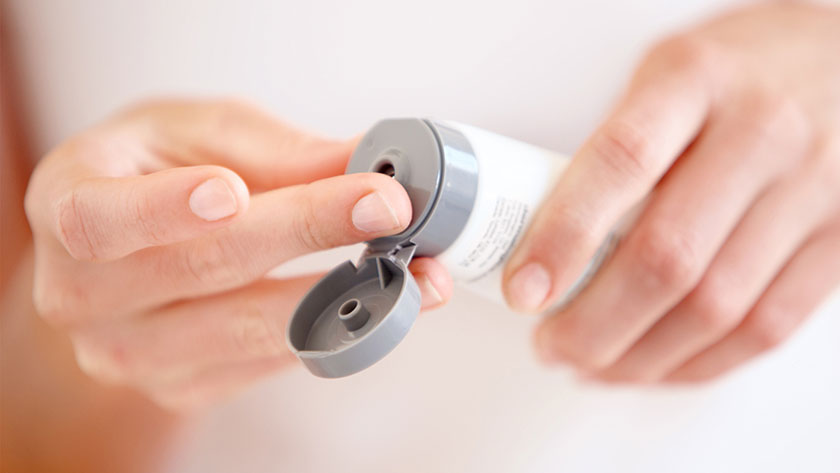How consumer skin care trends influence patient skin care

An online search for “skin care trends” makes it clear that skin care is a hot topic—and getting hotter. At chain retailer CVS, 70 percent of its pharmacists are asked about skin care every day.1 On social community hub Reddit, the Skincare Addiction forum exploded more than 1,000 percent since 2014, now with 1.2 million members who chat, share and debate about cleansers, creams, serums and more.2
Skin care trends reflected on retail shelves continue to shift and evolve, inspiring changes in consumer habits and preferences. Sometimes they even influence the advanced skin care products you use to support your patients’ skin health.
We take a look at some of the current skin care trends on the consumer side and reveal one leading trend that’s made its way into products to help care for at-risk skin and improve your patients’ skin health.
$1.4 billion skin care product sales in the US3
Today’s skin care trends
There’s no playbook to why and how a trend catches on, but these days, it probably involves a large dose of media attention.
As skin care consumers, we get an enormous amount of product information through social media sites, corporate blogs, podcasts and social influencers. In turn, these media outlets feed our quest for knowledge by offering peer-to-peer recommendations and reviews, celebrity endorsements, clinical evidence, and insights into product ingredients.
Attention lavished on a particular product or idea breeds more attention, and pretty soon, a trend is born.
Here are some of the consumer skin care trends of 2020 and beyond:
- Botanical-based ingredients
- Shopping by ingredients instead of brand
- Personalized products
- Eco-friendly packaging
- Lower water content
- Upcycling ingredients
- Protecting ocean health
- Skin care at an earlier age
- Anti-pollution claims
Can you spot the trend that’s made its way into patient skin health? Read on to find out if you’re right.

Natural ingredients for the win
Arguably the biggest trend across the beauty and skin care board is the rise of natural ingredients and the fall of added chemicals. In other words, what’s inside the product is just as important as what’s not inside. It’s no surprise, then, that the consumer trend toward botanical-based ingredients is echoed in the latest skin care products for advanced wound care.
Skin care stats
because they don’t contain unnecessary ingredients or chemicals4
natural skincare products3
product can impact clinical outcomes5

“Natural ingredients such as green tea, blue-green algae, soy and clover are popular in cosmetic skin care formulations due to their moisturizing and anti-inflammatory properties.”—Christina Weng, Massachusetts General Hospital dermatologist and Medline consultant
Key takeaway
Trends in the consumer skin care market may influence the advanced skin care products you’re using to help care for your patients’ fragile skin, from cleansers and moisturizers to protective barriers. One of the most popular trends in consumer skin care that has influenced medical-grade skin care is the interest in pure, natural ingredients. When you’re informed, you’re empowered to make the right decisions for your patients. And by all accounts, when it comes to safe, effective skin care–ingredients matter.
References:
- Gleason-Allured J., Inside The CVS Beauty Makeover: How this pharmacy giant is revamping its stores to focus on wellness and trend-
forward beauty and personal care, Global Cosmetic Industry, 2017;185(6):DE1-DE4 - https://www.thecut.com/2018/01/everybody-obsessed-with-skincare-now.html
- https://disturbmenot.co/beauty-industry-statistics/
- https://www.curtis1000.com/2019/08/14/use-labeling-and-packaging-to-tell-your-story/
- https://meddevod.wpdev.medline.com/skin-health/nurses-skin-care-products/https://www.ncbi.nlm.nih.gov/pmc/articles/PMC3576896/
- https://www.ncbi.nlm.nih.gov/pmc/articles/PMC5661189/
- https://www.ncbi.nlm.nih.gov/pmc/articles/PMC5796020/
